Introduction
Basically, timber or Lumber is a wood or firewood of growing trees. Any wood capable of yielding a minimum dimensional size can be termed as a timber or lumber.
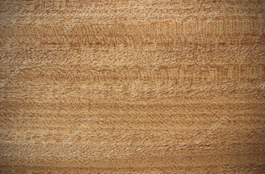
Afromosia
Afromosia wood is the right choice to make a long-term wood object. Its resistance to rot is a very excellent point. Wood is usually brown with a texture that tends to be straight, with its natural luster.
Its average weight is approximately 830kg/m3 when dry. It is mainly used for furniture, boatbuilding, veneer, and flooring.
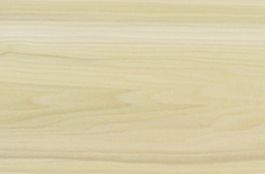
American Poplar
Poplar wood is typically a white or creamy yellow hue, though it can be brownish or appear with mineral streaks of various colors in it, referred to as “rainbow poplar.” Although it is used more for utilitarian purposes (it’s more likely to be used for drawers than cabinet fronts or for match sticks than tables), it does occasionally make an appearance in some artisan furniture.
Its average weight is approximately 510kg/m3 when dry. Native Americans used poplar for canoes. .

American red oak
American red oak is the dominant species in the U.S. hardwood forests – with distinctive grain, and wood that is not always red in colour. The name comes from the leaf colour in the fall. Red oak may be sold on the basis of ‘northern’, ‘southern’ and ‘Appalachian’.
Its average weight is approximately 790kg/m3 when dry.
It is mainly used for furniture, flooring, architectural millwork and moulding, doors, kitchen cabinets, paneling, and caskets.
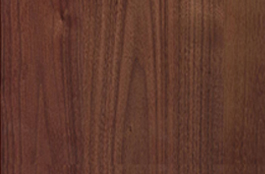
American Walnut
Most people are familiar with walnut wood in its darkest state, which can be a deep chocolate or coffee color. In fact, it’s the only dark wood native to North America. However, it’s actually only the center of the tree which bears the deep hues. This is called the heartwood, and it may also have lighter browns, purples, grays, or reddish tints. The outermost portion of the tree– known as the sapwood because it carries the tree’s nutrients– is typically a pale blonde color, though it can also be yellow-gray as well.
Its average weight is approximately 660kg/m3 when dry.

Ash
Unlike other trees which have large color variations between the innermost part of the tree (heartwood) and the outermost part of the tree (sapwood), it can sometimes be difficult to see where the line between the two is with ash. Overall, it’s quite light and tends to be various shades of beige which will darken slightly over time.
Its average weight is approximately 710kg /m3 when dry.
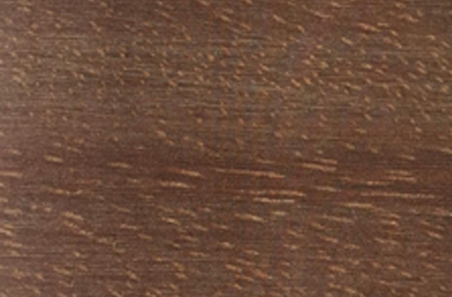
Azobe
The texture is coarse, and the grain is usually interlocked. It is very difficult to work with hand and machine tools. Azobe can be dressed to a smooth finish, and gluing properties are usually good. It is known to be very resistant against decay and acid, and has good weathering properties.
Its average weight is approximately 1120kg/m3 when dry.
Its main uses are: bridge building, decking, heavy carpentry, hydraulic works.

Beech
Beech is considered non-durable or perishable; poor insect/borer resistance. Overall good workability; it machines well, and glues, finishes, and turns well. Beech also responds superbly to steam-bending.
Its average weight is approximately 720kg/m3 when dry.
It is mainly used for lumber, veneer, flooring, boatbuilding, furniture, cabinetry, musical instruments (piano pinblocks), plywood, and turned objects
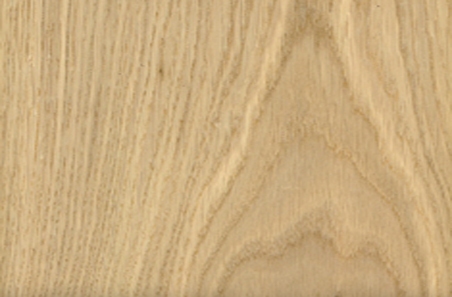
European Oak
Most people are familiar with walnut wood in its darkest state, which can be a deep chocolate or coffee color. In fact, it’s the only dark wood native to North America. However, it’s actually only the center of the tree which bears the deep hues. This is called the heartwood, and it may also have lighter browns, purples, grays, or reddish tints. The outermost portion of the tree– known as the sapwood because it carries the tree’s nutrients– is typically a pale blonde color, though it can also be yellow-gray as well.
Its average weight is approximately 660kg/m3 when dry.
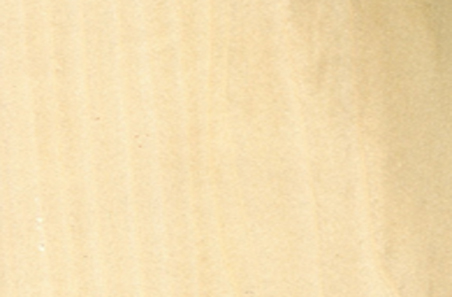
European Poplar
Poplar timber can be grouped with willow, lime, and horse chestnut, since they are all soft, fine-textured woods, generally without lustre and without any very characteristic color. Its toughness and non-splintering, woolly nature makes poplar ideally suited to employment for the bottoms of lorries, railway wagons and carts subjected to rough usage.
Its average weight is approximately 450kg/m3 when dry.
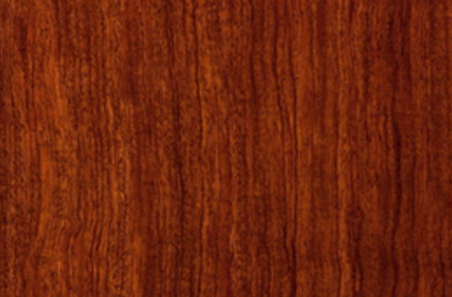
Bubinga
Bubinga is medium red-brown with lighter red to purple veining. Grain is straight to interlocked. It’s texture moderately coarse but even.
Its average weight is approximately 880kg/m3 when dry.
Bubinga wood is primarily used as a veneer for cabinetwork, furniture, and paneling. Also used for knife handles, and fancy goods.
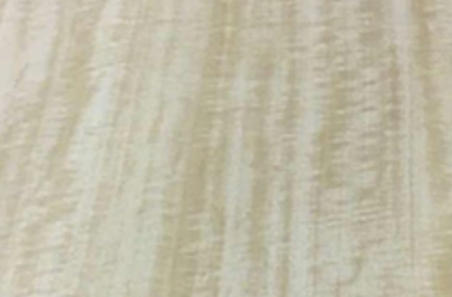
Celtis
It is whitish or greyish in color turning yellowish or straw colored on exposure. The grain is irregular, but is sometimes straight, and the texture is fairly fine.
Its average weight is approximately 800kg/me when dry.
It can be used as a substitute for ash. It is a general utility timber suitable for interior joinery and carpentry.

Cherry
Cherry wood has a smooth, closed grain pattern, much like that of maple wood. As with any natural product, we expect and embrace unique characteristics in the wood grain. A single cherry wood board can have several contrasting grain patterns depending on the growth of the tree.
Its average weight is approximately 630kg/m3 when dry.